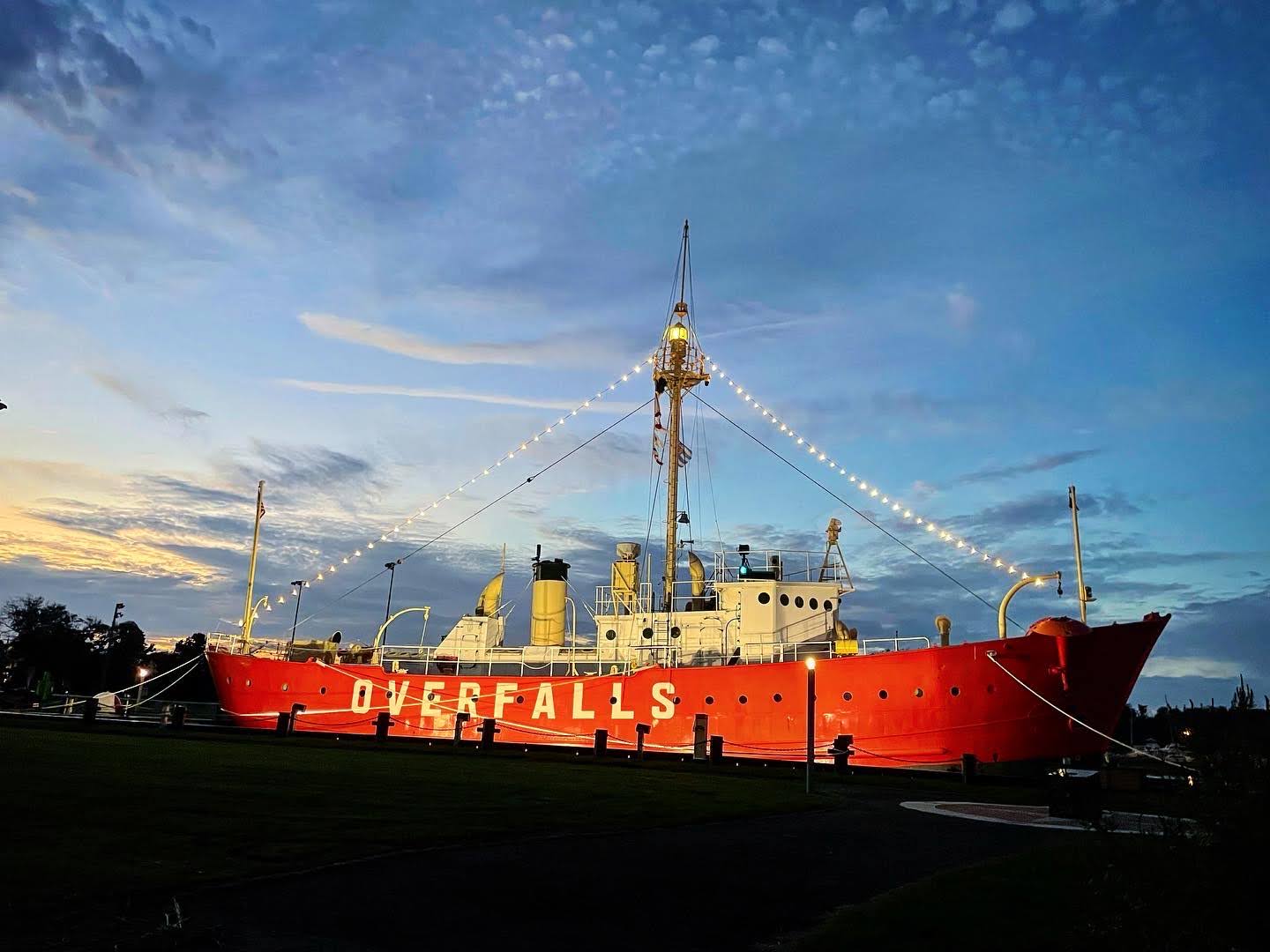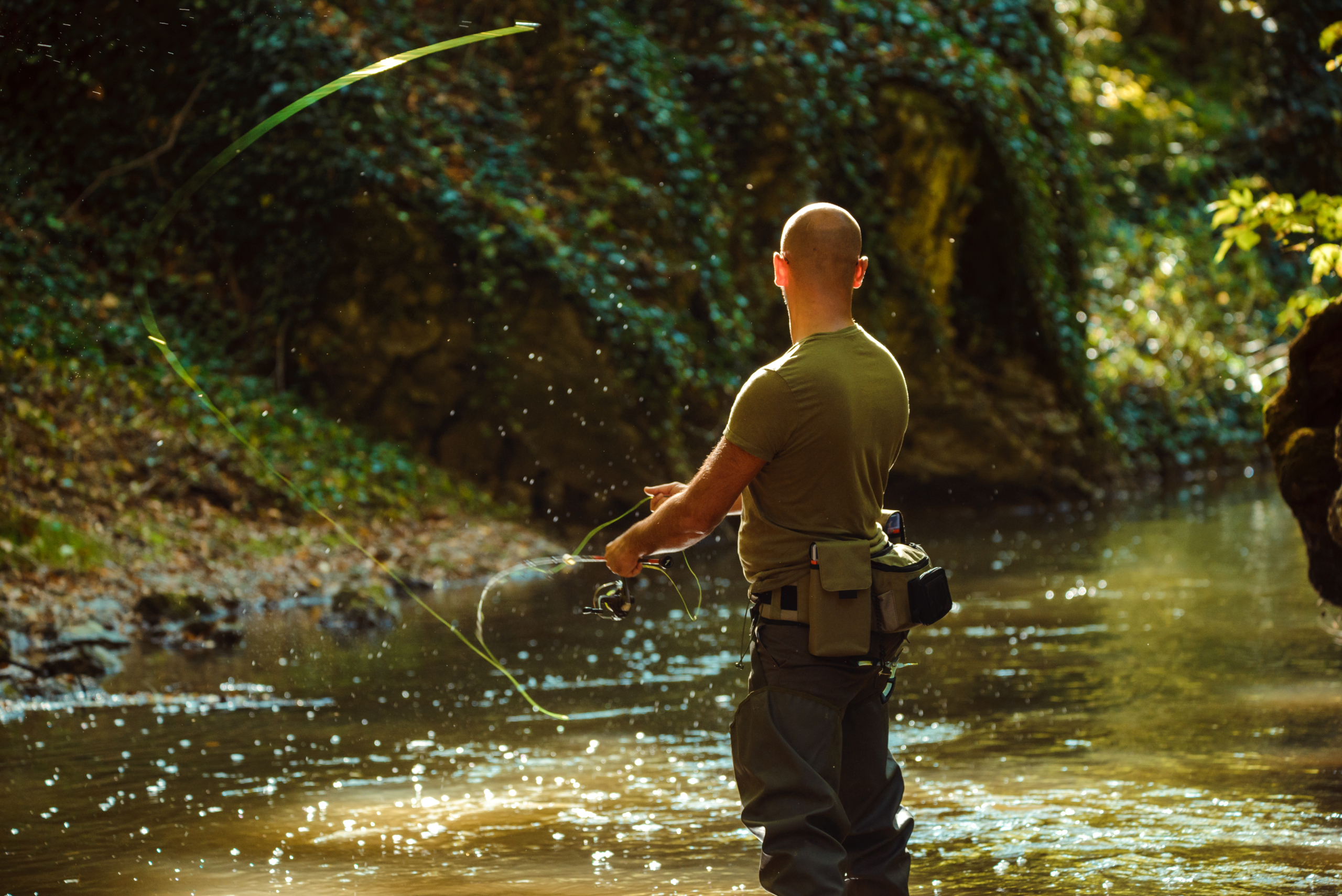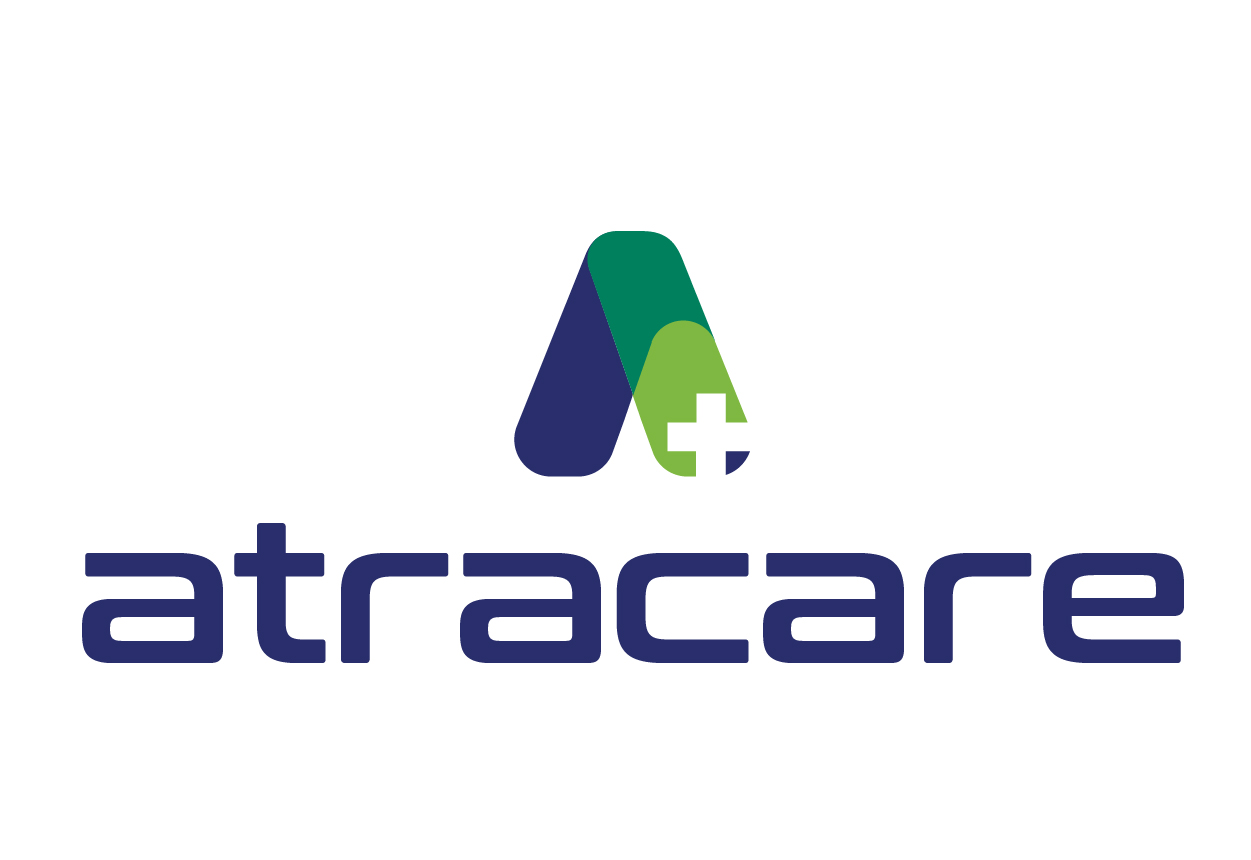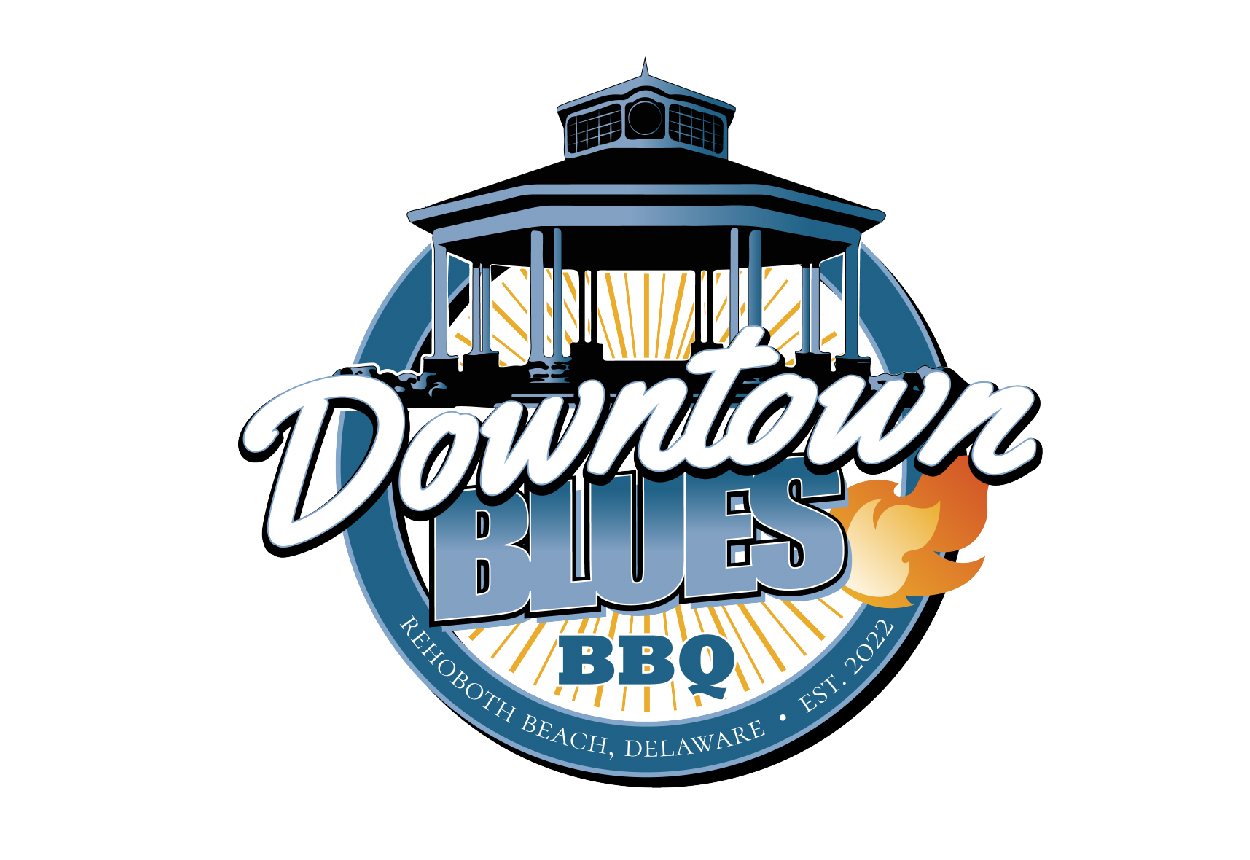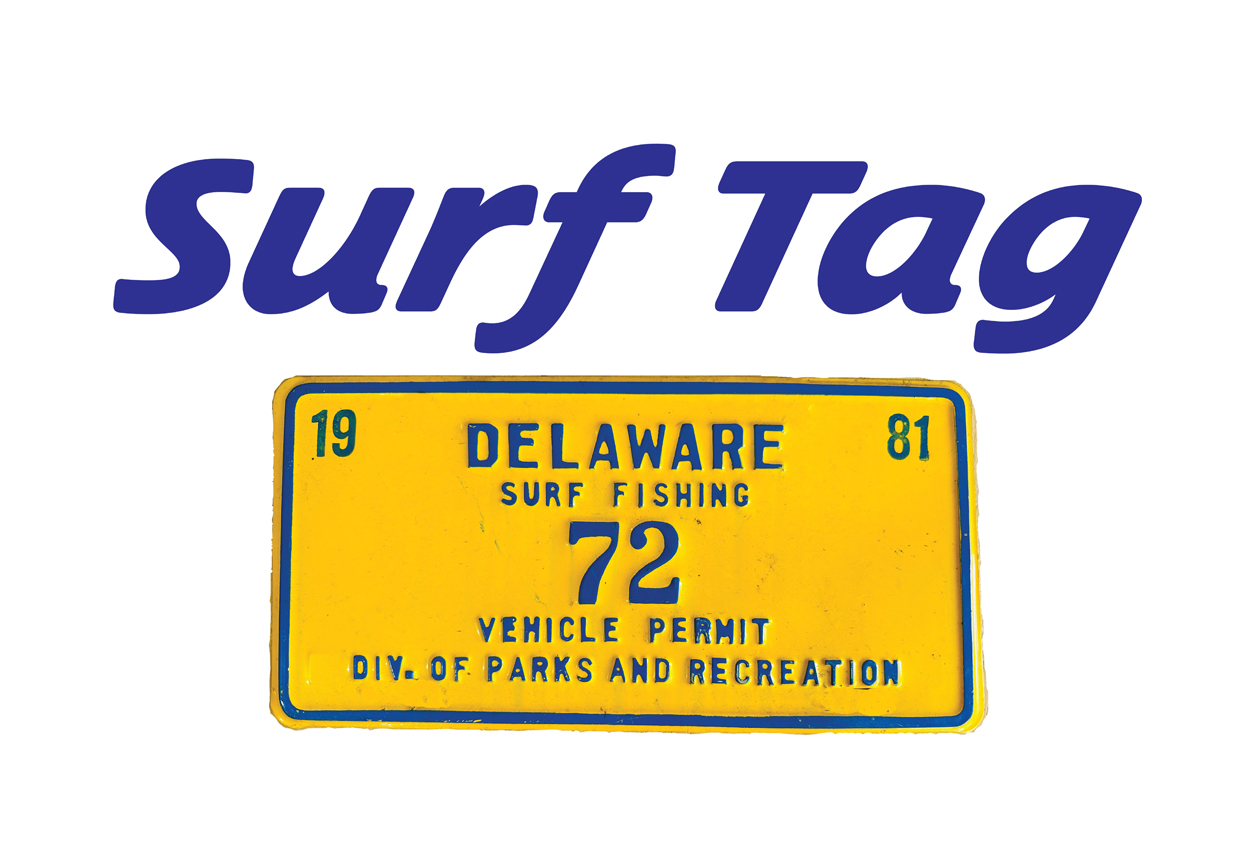Welcome to Lewes, Delaware where the sun, the sand, and the sea are the number one attractions.
Get outside and enjoy the beautiful landscape of Lewes Delaware, explore the seemingly endless great outdoors!
Here is our top list of local parks and nature related attractions within a stones-throw of Lewes Delaware.
Enjoy the Beaches, and Wildlife in and around Lewes Delaware
Rehoboth Beach
Located within the City limits, Rehoboth Beach has it all. Stroll the mile-long boardwalk, relax on the beach, swim in the Atlantic, and visit the exquisite local shops and restaurants. The area’s most popular destination: Rehoboth Beach is a lively town bustling with activity.
Lewes Beach
Just a little north of Rehoboth Beach, Lewes is an inviting coastal town filled with history and charm. It offers a quaint waterfront district complete with antique shops, historical sites, charming eateries and unique boutiques. The Delaware Bay provides a different assortment of water activities including fishing, crabbing and kayaking.
Cape Henlopen State Park
Located on the coast of the Delaware Bay, Prime Hook National Wildlife Refuge is an important coastal wetland and migratory stopover area. The refuge was established in 1963 to preserve critically important wetland habitats and to provide feeding and resting areas for migratory birds along the Atlantic Flyway. Unfortunately, Superstorm Sandy caused massive damage to the refuge in 2012 that destroyed much of its infrastructure, but since then the refuge has been working diligently to restore its facilities.
The refuge offers a wide range of recreational opportunities for visitors who want to learn about the area’s natural history, including hiking, hunting, fishing, and wildlife observation. There is also a visitor center with exhibits about the history and wildlife of the refuge.
Fort Miles – Within Cape Henlopen, Gordons Pond
The history of Fort Miles exemplifies America’s call to action to stem the tide of war against German invasions along the Atlantic Seaboard that, at the onset of World War II, appeared virtually unstoppable. The gun batteries of Fort Miles, secret state-of-the-art installations built within the massive sand dunes of Cape Henlopen, were designed to defend against the powerful German navy.
With more than 2,500 soldiers stationed on high alert, the heavy guns, mine fields, and searchlights of Fort Miles defended the vital trade centers of Wilmington, Philadelphia, and beyond. As America moved into the cold war, the role of Fort Miles shifted to highly classified missions defending against the threat of Soviet submarine operations off our coastline.
Fort Miles is a newly established Historical Area encompassing nearly 4,000 acres and more than 1 million cubic yards of concrete structures and tunnels. It is one of the largest such areas in Delaware as well as one of its most significant but largely unknown historical sites. The military structures and equipment that remain on site are used by visitors to transport themselves back in time to understand what it was like for those who served at Fort Miles during times both peaceful and perilous.
Prime Hook National Wildlife Refuge
While Prime Hook National Wildlife Refuge was officially established in 1963 “for use as an inviolate sanctuary, or for any other management purpose, for migratory birds,” its roots extend much further back in time. The freshwater marshes of the refuge have been host to an array of wildlife since before Europeans first arrived on the continent.
The refuge is located on the Delmarva Peninsula (Delaware, Maryland and Virginia) about 10 miles north of Lewes, Delaware, and 20 miles east of Rehoboth Beach. It occupies 8,600 acres of coastal freshwater marsh along the east shore of Delaware Bay.
Prime Hook is one of the most ecologically important estuaries on the Atlantic Coast. Its marshes and shallow waters host millions of migratory birds each year. The refuge serves as an important rest stop for migrating waterfowl both flying south from Canada in fall and returning from the southern states in spring. These lands are also home to turtles, amphibians, fish and mammals such as deer, otter and beaver. In addition to providing habitat for these animals, Prime Hook’s marshlands act as a natural filter that cleans water flowing into Delaware Bay.
Learn More: https://www.fws.gov/refuge/prime-hook
Trap Pond – Delaware State Park
Trap Pond State Park is a place of beauty and tranquility, with almost 400 acres of natural scenery and recreational opportunities. The park is centered on Trap Pond, the northernmost naturally occurring stand of bald cypress trees in the United States.
A network of hiking trails guides you through forests, swamps and wetlands, while a nature center helps you identify the wildlife and plant life found along your way.
It’s also a hiker’s paradise – with more than 12 miles of trails winding their way through forests and wetlands. You can explore on foot or by bike. Horseback riding is allowed on the lower section of the Laurel Trail.
So take the time to get away from it all. Escape to Trap Pond State Park.
Lewes Delaware Videos: We’ve scoured the web so you don’t have to!
This video features a personable walkthrough around historic Lewes Delaware
In this Video, Travel Vloggers Experience Lewes and Southern Delaware for the First Time
This video is a Great, High Resolution Montage of Lewes (just fun footage)
A Video Walkthrough of Cape Henlopen State Park
Drone Footage of Lower Delaware – Lewes

